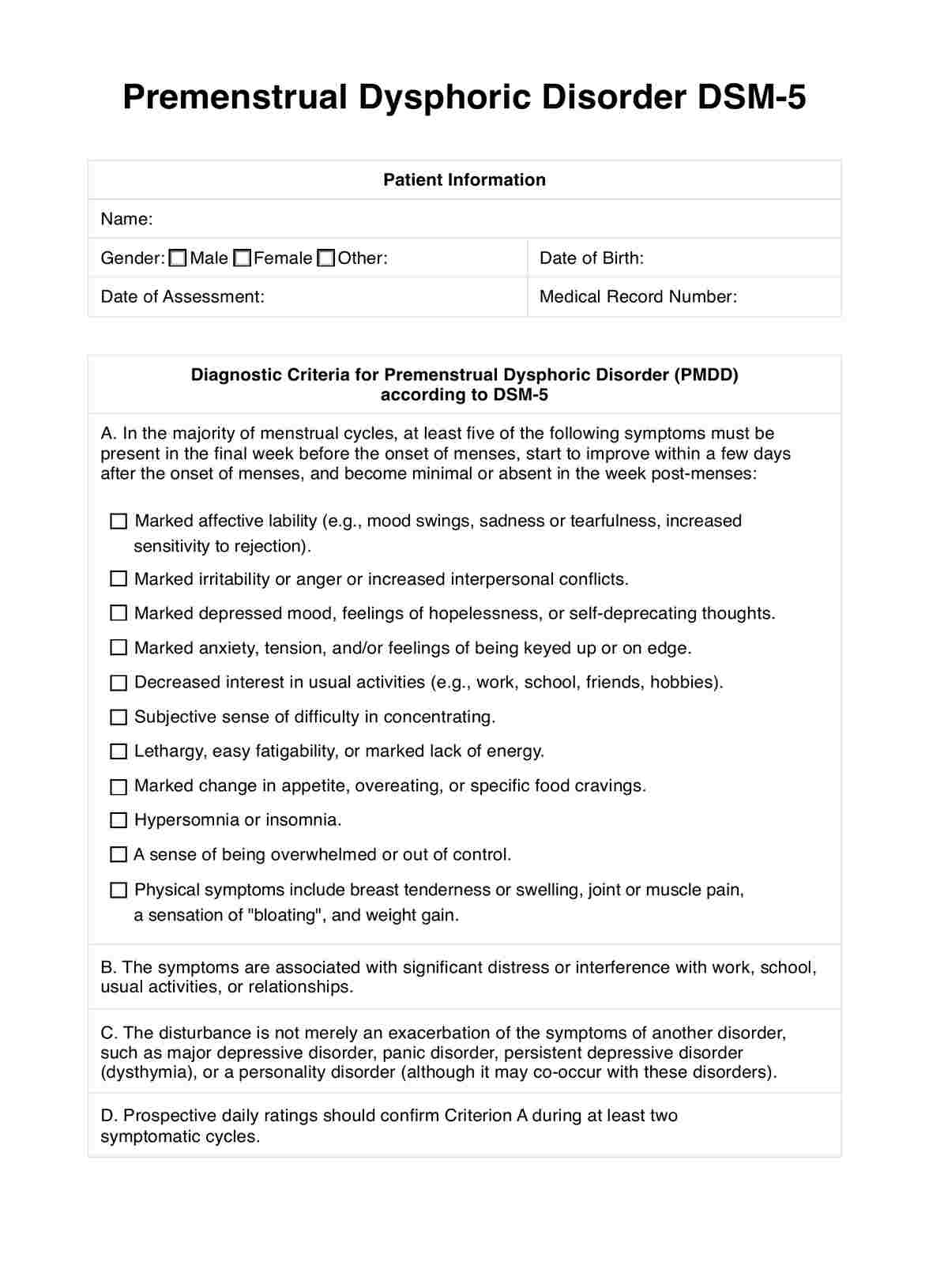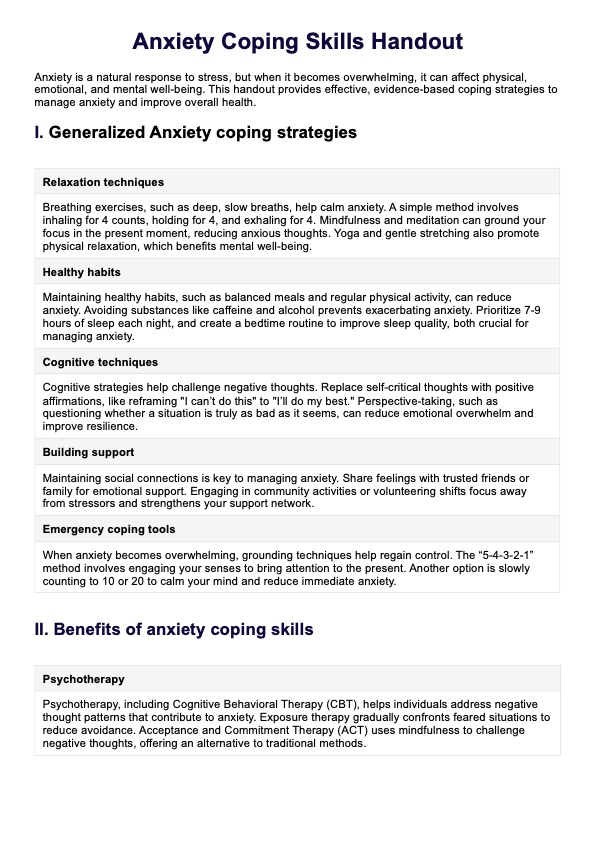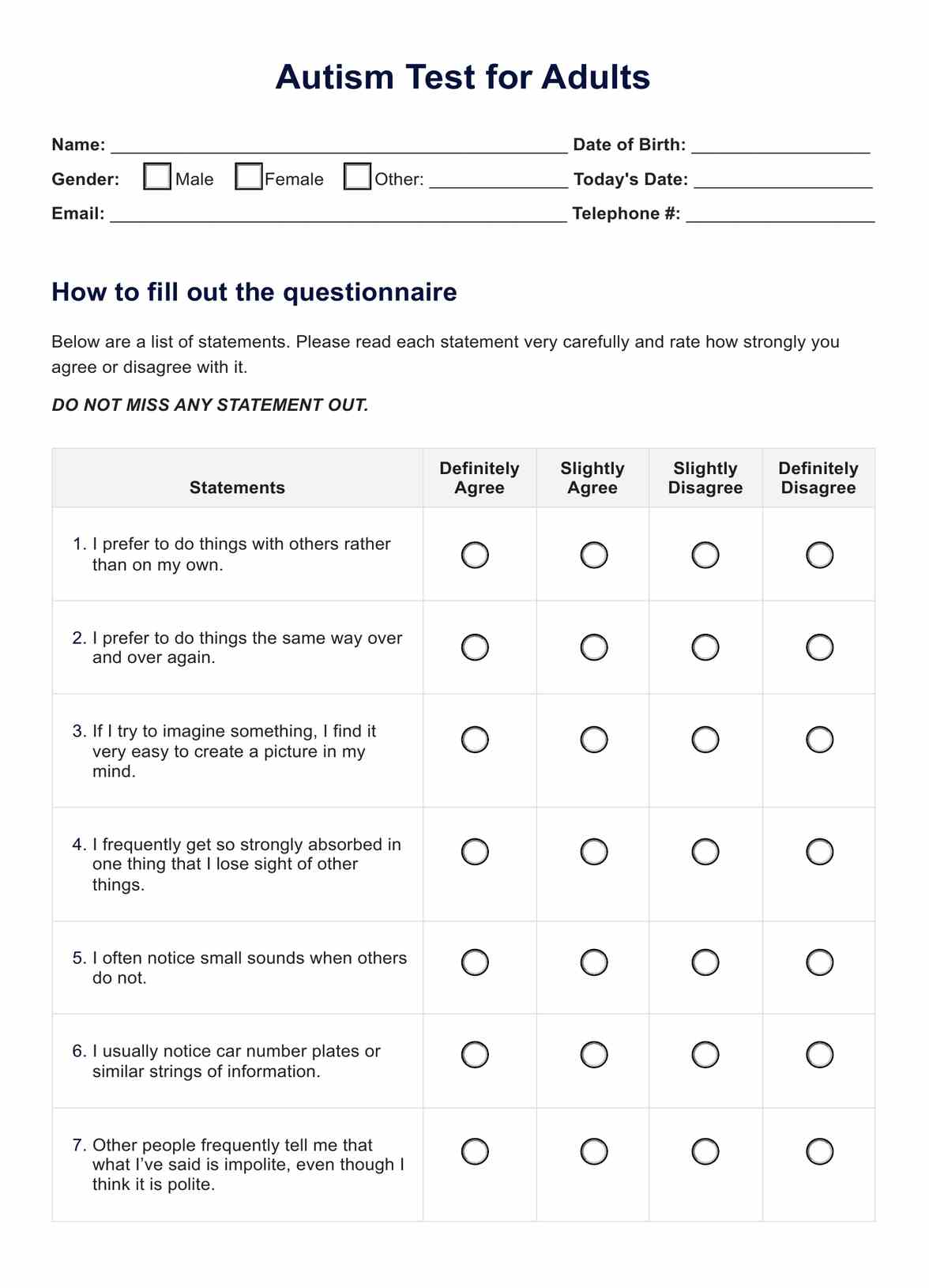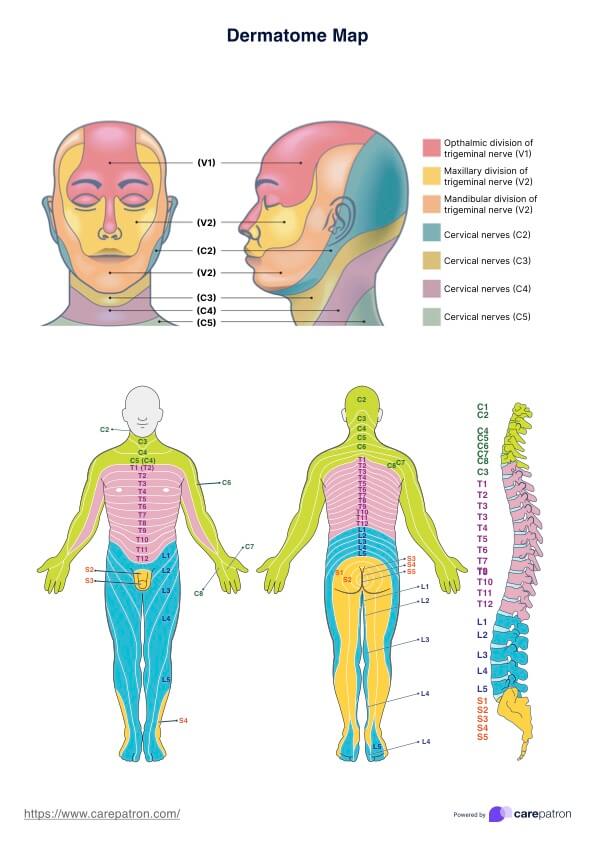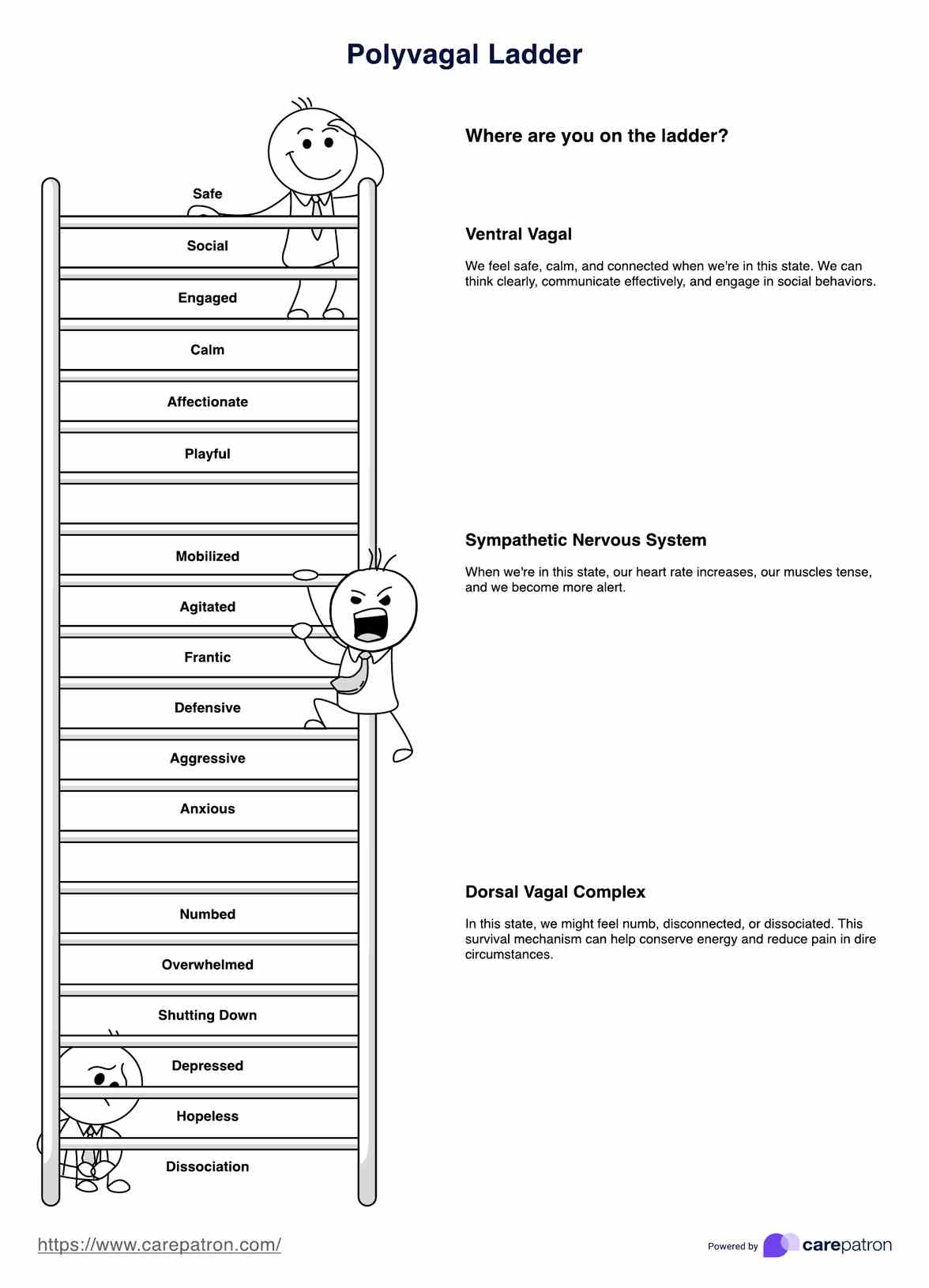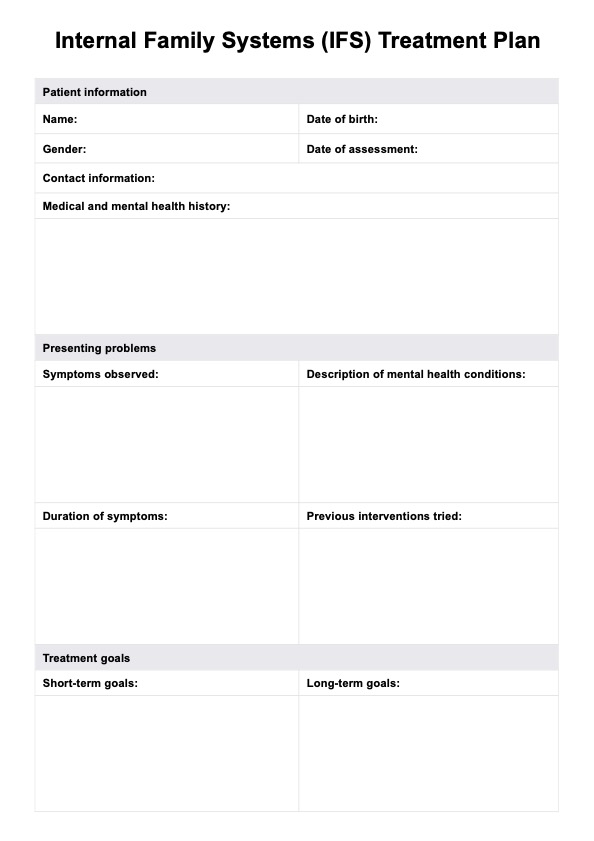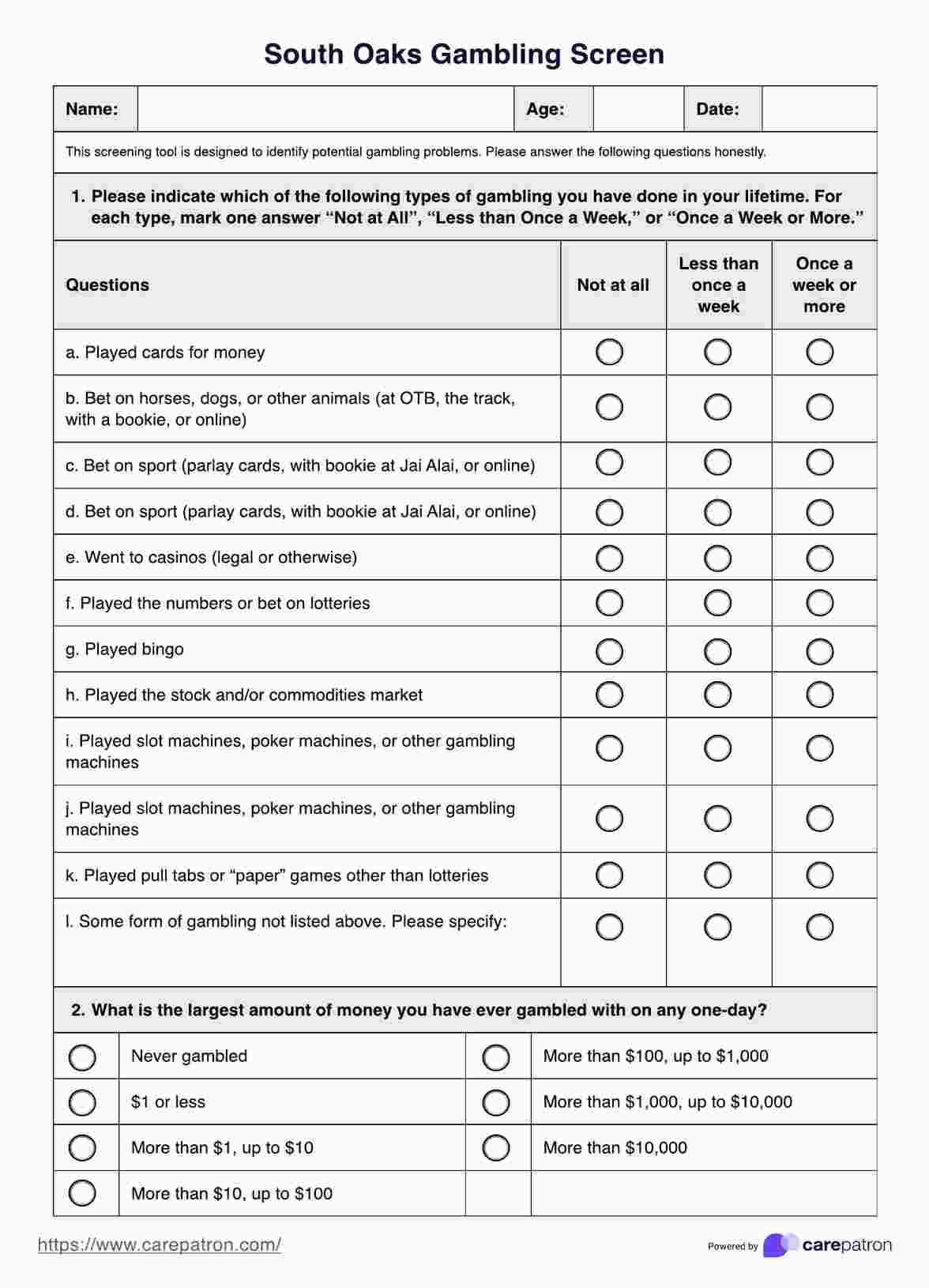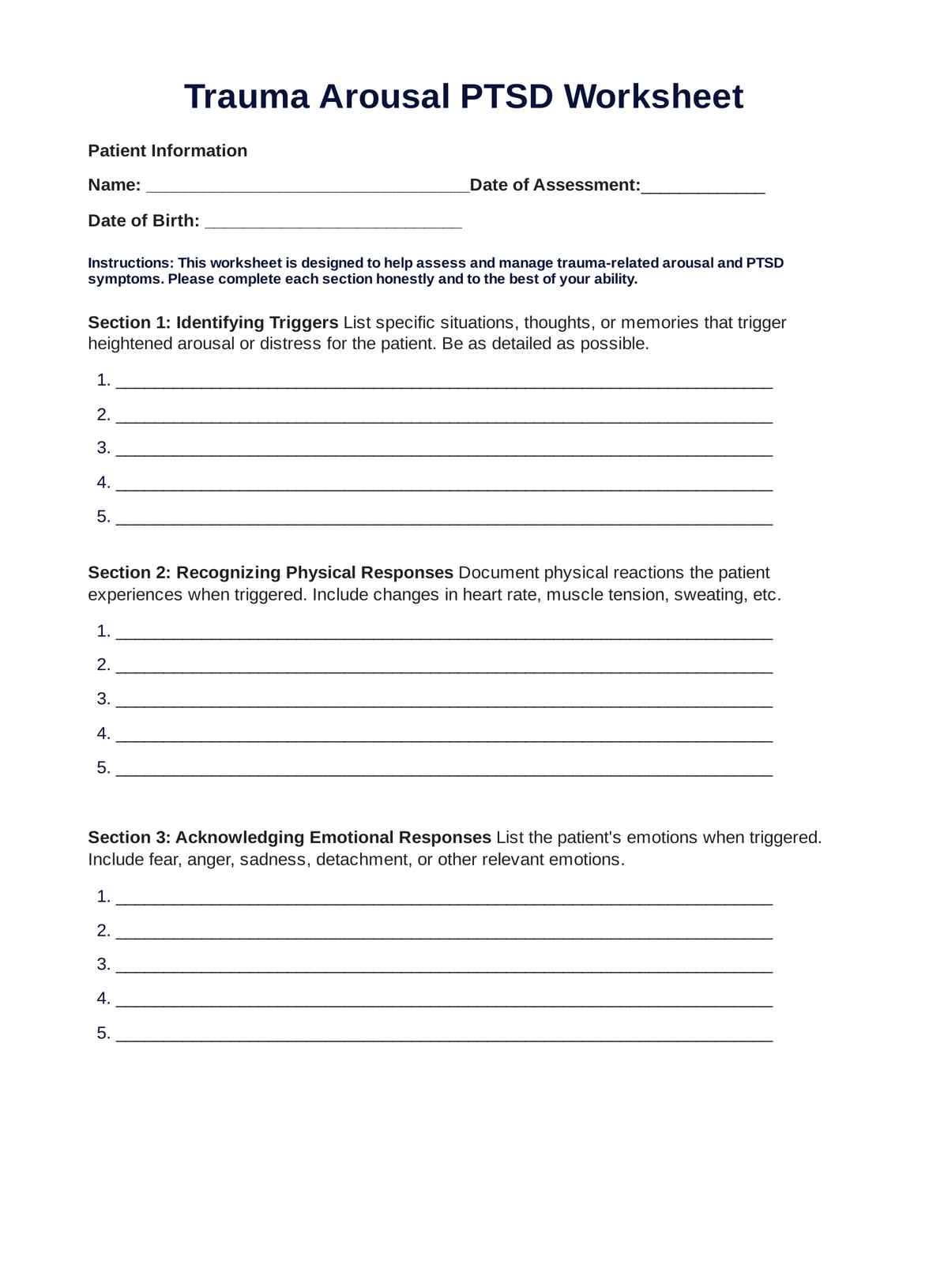Tooth Charts
Use our Tooth Chart template specifically designed for dentists. Grab a copy for review, reference, or note-taking.


Understanding the tooth numbering system
Dental professionals use a system to identify and designate individual human teeth within the oral cavity. This is a standardized approach for precise and effective communication regarding specific teeth in diagnoses, treatment planning, and discussions. Two well-known tooth numbering systems exist - the Universal Numbering System and the Palmer Notation Method.
The universal teeth numbering system, which is more widely utilized, assigns a unique number to each tooth and names them differently. It starts from the upper right third molar, designated as tooth number 1, extends along the upper arch to the upper left third molar, tooth number 16, and proceeds down the lower arch from the lower left third molar, tooth number 17, to the lower right third molar, tooth number 32.
Tooth Charts Template
Tooth Charts Example
What is a Tooth Chart?
A Tooth Chart is a visual aid for understanding dental anatomy and identifying the specific teeth within the mouth. Typically featuring an illustration displaying each tooth with its corresponding number and name, this chart offers a comprehensive guide to the adult set of teeth, which commonly totals 32, including the wisdom teeth - the tooth farthest to the back of the mouth.
By labeling each tooth, a dentist can efficiently record relevant information during examinations, ensuring accurate documentation of dental health. Also known as a tooth number chart, it is a practical tool for dental practitioners and students. Its utility extends to aiding in reviews and providing visual assistance for patients to comprehend the condition of their teeth more effectively.
How does our Tooth Chart work?
Incorporating the teeth numbers chart into your dental practice is easy. Follow these steps to get started:
Step 1: Download the chart
You can start by downloading the tooth number chart PDF from our website. Familiarize yourself with the tooth numbers on the lower and upper teeth.
Step 2: Use the resource
Once you have the chart, you can use it for dental work. Whether you need it for patient consultations, educational purposes, or treatment planning for a wisdom tooth, the tooth number chart provides a visual reference for dental professionals and students.
Step 3: Take down notes
A designated space for notes is provided on the chart if you prefer to document specific details or observations regarding a patient's tooth and dental condition. This optional feature lets you keep track of important information during consultations or treatment sessions, enhancing your ability to provide comprehensive care.
When would you use this chart?
This handy guide can be used to do the following:
- To review: The Tooth Chart can be used to review the location of specific teeth. That way, when doing a basic tooth inspection, you can effortlessly identify and write down observations on the right tooth.
- To explain: Sometimes, patients need a visual aid to understand a tooth's condition or a set of teeth. You can use this resource to help them identify the location of the affected tooth or teeth, explain the function of a particular set of teeth, etc.
- To document and take down notes: Since our template has a dedicated space, you can make the most out of it by using it as a document to write notes/findings/observations, reminders for patients, or even attach results from additional tests.
Benefits of using this chart
Memorizing teeth numbers and names is necessary, but using a chart will greatly assist during consultations. Here are some benefits of using such:
- Simple to use: Our free Tooth Chart template is simple. It presents the layout of teeth clearly, making it easy for anyone to understand. It also has designated fields to record your patient's dental information for easy clinical documentation.
- Provides insight into the patient's overall health: In certain situations, one's teeth can reflect the condition of the patient's overall health or other organs. You can use the template to encourage the patient to head to a hospital or clinic for a quick check-up.
- Improves monitoring process: On the one hand, you can use the template as an educational tool to refresh yourself with information you may be familiar with. On the other hand, you can also use it to monitor any changes, especially after putting on braces, surgery, etc.
- Fully digital and accessible: Since our template is entirely digital, you can access it anywhere. In addition, if you store your completed template on Carepatron, your resource is guaranteed to be stored securely. You can easily share it with fellow practitioners by giving them viewing-only access.
Commonly asked questions
To read a tooth chart, begin by familiarizing yourself with the specific numbering system used, which often ranges from 1 to 32 for adult teeth, starting from the upper right third molar and moving clockwise around the mouth. Each tooth is represented by a number, making it easier to identify specific teeth. Look for symbols or color codes indicating conditions such as cavities, extractions, or restorations. Finally, alongside tooth identification, charts often include additional details regarding the health of gums and supporting structures, which are crucial for overall dental health assessments.
A dentist numbers your teeth using a standardized system that helps in identifying and recording the specific teeth in your mouth. Typically, the numbering starts with the upper right third molar, designated as tooth number 1, and continues clockwise around the upper jaw to the upper left third molar, which is tooth number 16. The numbering then proceeds to the lower left third molar, classified as tooth number 17, and moves clockwise again to the lower right third molar, completing the sequence at tooth number 32.
The teeth are connected to various organs in the body through the meridian system, which is a network of pathways that carry energy throughout the body. According to traditional Chinese medicine, each tooth corresponds to a different organ or body part. For example, the upper right and left central incisors are believed to be connected to the heart, while the lower right and left central incisors are associated with the kidneys. This connection between teeth and organs emphasizes the importance of maintaining good oral health for overall well-being.


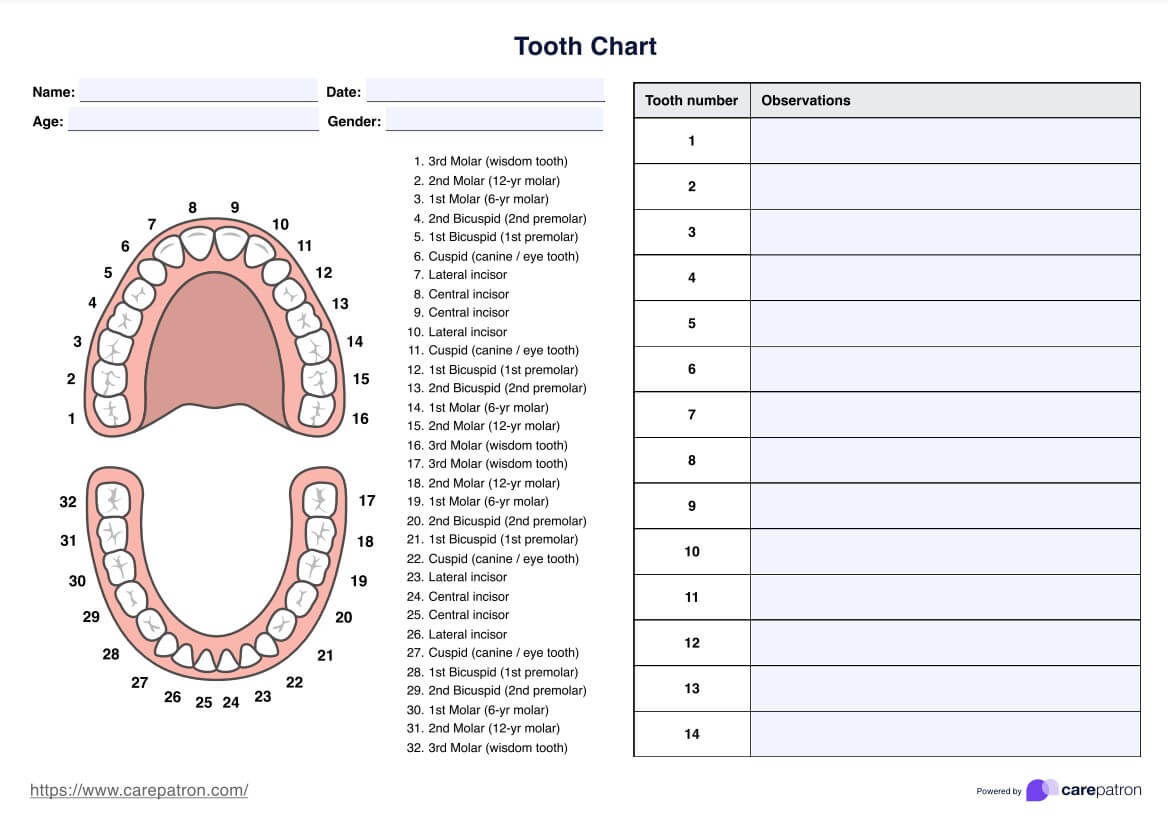
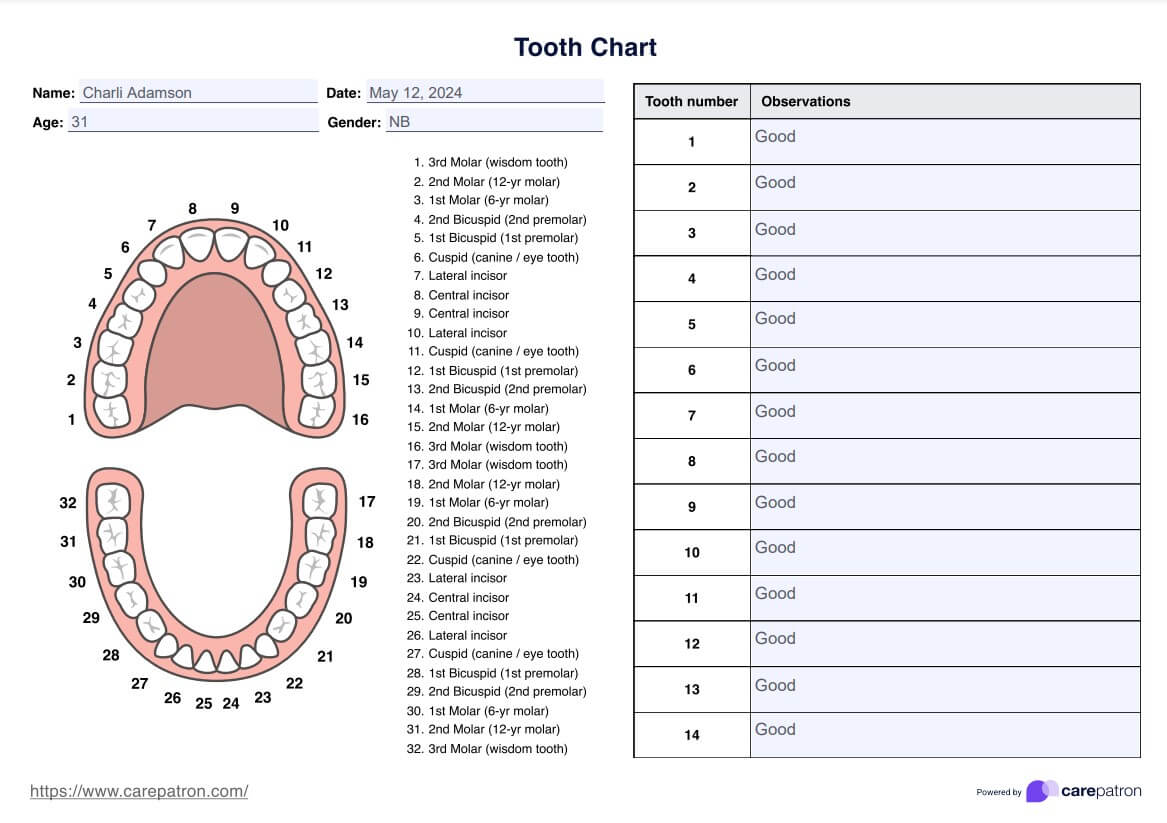

















-template.jpg)


















































































